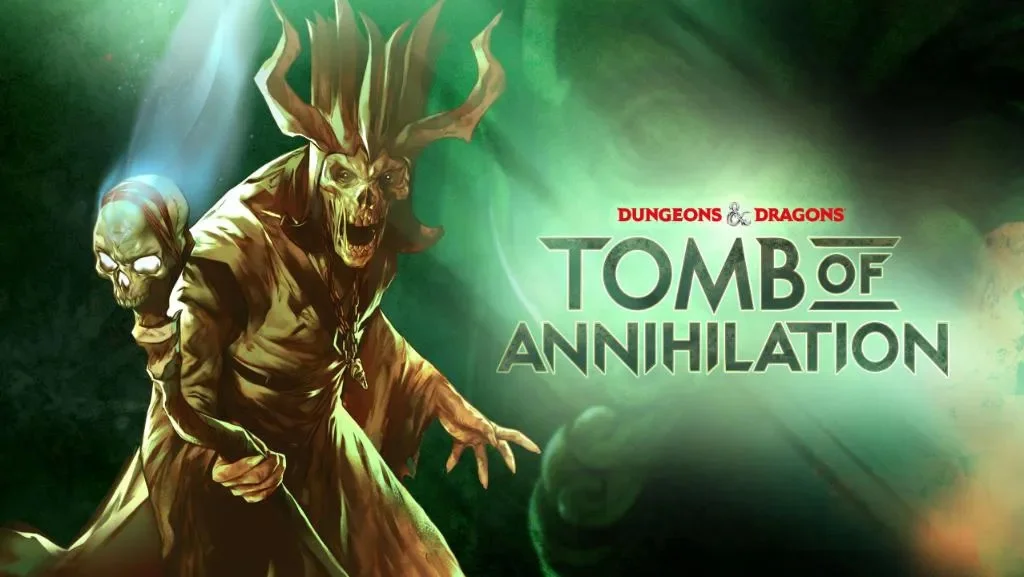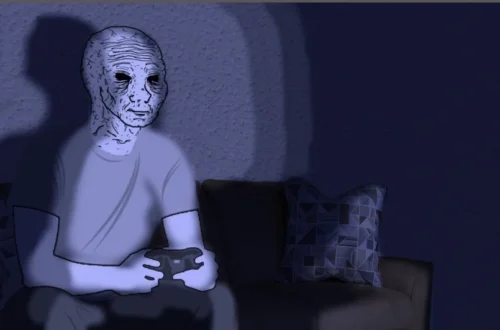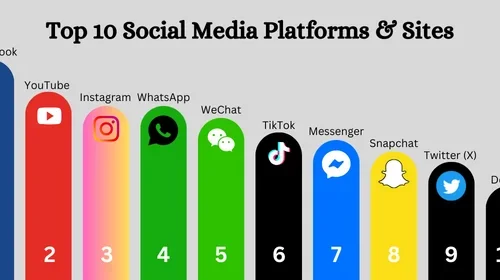Tomb of Annihilation Disclaimer: Every copy of Tomb of Annihilation, a 5th-edition Dungeons & Dragons adventure, includes a humorous—but ominous—disclaimer at its front. On D&D Beyond, the module is listed with this text:
“Disclaimer: This adventure will make your players hate you — the kind of simmering hatred that eats away at their souls until all that remains are dark little spheres of annihilation where their hearts used to be.”
The module even adds a cheeky postscript: “PS Don’t forget to tear up their character sheets.”
This kind of in-book joke disclaimer is a long tradition in D&D publications, often used to set tone, warn DMs and players, and gently acknowledge a module’s lethal or punishing design.
So, that’s the “Tomb of Annihilation disclaimer” — a winking, dramatic warning that this adventure is brutal, merciless, and not for the faint of heart.
Why Does the Module Include a Disclaimer?
The Tomb of Annihilation disclaimer isn’t just flavor text. It serves several practical and thematic purposes:
1. Tone-setting & Expectation Management
By telling players right away that “this adventure will make your players hate you,” the authors let DMs and players know this is not a light or forgiving campaign. It establishes a certain expectation of danger, challenge, and risk.
2. Literary / Publishing Tradition
D&D modules often include whimsical legal disclaimers or Easter-egg disclaimers as part of the book’s charm. Tomb of Annihilation’s line is one among many: for instance, Storm King’s Thunder includes a humorous legal note, and Tales from the Yawning Portal mocks its own dangers.
3. A Warning to Dungeon Masters
The disclaimer signals to DMs: be careful with how aggressively you run this module. It suggests that the module’s built-in lethality and traps may provoke player frustration or resentment if mis-managed.
4. Brand & Marketing Flavor
It becomes part of the adventure’s identity. Fans often quote or joke about it. The strong, theatrical phrasing helps Tomb of Annihilation stand out in a crowded catalog of modules.
5. A Self-Aware Acknowledgment of Difficulty
Because Tomb of Annihilation is widely known for its high danger (the death curse, traps, punishing dungeon sections), the disclaimer winks at that reputation. It’s a way of owning the danger and giving permission for DMs to lean into challenge.
In sum, the disclaimer is both functional and atmospheric — a meta message to everyone involved.
What the Disclaimer Implies About Module Design & Difficulty
The presence of such a bold disclaimer suggests several design features and challenges inherent to Tomb of Annihilation.
Extreme Lethality & Sudden Death
One of the main threats in this module is the Death Curse, which causes characters (especially those previously resurrected) to waste away daily. Resurrection magic stops working, making death more permanent and punishments harsher.
Additionally, many traps and encounters in the Tomb of the Nine Gods are built with high stakes — sometimes instant-death mechanics or heavy consequences for mistakes.
Sandbox & Exploration Pressure
Chult (the setting) is dangerous. Navigating jungle hazards, random encounters, and timing pressures adds stress. The module encourages exploration but penalizes carelessness or wasted time.
“Death Trap Killfest” Shift
According to analysis by content creators, once adventurers enter the final tomb levels, the adventure style shifts dramatically — from exploration and narrative intrigue to pure puzzle / trap / lethal dungeon mode. Some DMs find this shift jarring or punishing for character-driven playstyles.
Urgency & Timer Mechanics
The module includes a built-in time pressure: the Death Curse evolves over a number of days, pushing players to move quickly. The tension of “running out of time” underlies much of the challenge.
High Stakes & Consequences
Because resurrection magic no longer reliably works and death is more costly, decisions have weight. Mistakes can be irreversible. That aligns with the warnings in the module’s disclaimer.
Thus, the disclaimer is justified — it hints at a module with high difficulty, player consequences, and a narrative framework built around danger and mortality.
How DMs & Players Can Use the Disclaimer Wisely
The presence of the Tomb of Annihilation disclaimer is more than a menacing tagline — it can be a tool for better play. Here’s how DMs and players can leverage it constructively:
For Dungeon Masters
- Communicate with players (Session 0 or beginning)
Use the disclaimer as a starting point: explain that the adventure is dangerous and ask whether players are okay with that. Set expectations on how lethal you will run the game. - Adjust the mechanics if needed
You can tone down some encounters, soften instant-death traps, or scale the Death Curse’s threat so it feels tense but not overwhelming.
Some DMs run “Meatgrinder Mode” (higher death save difficulty) or include optional rules. - Manage pacing and exploration pressure
Encourage players to balance exploration with purpose, but avoid railroad running. Use the Death Curse as a thematic motivator rather than a hard stopwatch. - Signal danger & foreshadow traps
Rather than blindsiding every trap, offer subtle cues, environmental hints, or lore warnings so players feel they had a chance. This softens the frustration. - Allow for backup characters or side avenues
If the main party dies, having fallback characters or alternative paths can preserve momentum and reduce heartbreak. - Discuss mediations
After a particularly brutal session or surprise death, pause to check player morale, address concerns, and perhaps ease up if the frustration is too high.
For Players
- Choose risk-averse or adaptable characters
Having characters with utility, defensive spells, flexibility, survival tools, or healing buffers helps. - Prioritize information & caution
Read journal entries, lore, clues; avoid blind rushing. Scout, map, ask NPCs. The module punishes recklessness. - Be cautious with resurrection / recovery
Because resurrection magic is under threat, preserve life when you can; reduce unnecessary risk. - Prepare contingencies
Have backup plans, fallback supplies, alternate routes; assume things can go wrong. - Accept that loss is possible
Embrace the idea that character death is part of ToA’s flavor — approach it with a mindset that sees loss as part of the journey.
By leaning into the module’s tone but managing expectations, both DM and players can engage with Tomb of Annihilation’s challenge without undue frustration.
Critiques, Controversies & Evolution Around the Disclaimer
The Tomb of Annihilation disclaimer and the module itself have attracted criticism, reflection, and changes over time.
Criticism of Setting & Tropes
Some critics have pointed out that Chult (the jungle setting) uses stereotypical or “darkest Africa” tropes: an amalgam of cultural motifs, tribal imagery, danger-laden jungle, etc. This has sparked debates about representation, cultural flattening, and problematic portrayals.
Because the module settings and characters draw from broad tropes, the land of Chult has faced scrutiny for oversimplification and exoticism.
Revisions & Reprints Addressing Sensitivities
Wizards of the Coast, in later printings of Tomb of Annihilation (and Curse of Strahd), committed to updating text that was found to be racially insensitive or culturally problematic.
End of the Easter Egg Disclaimer Tradition
In 2025, D&D announced that it would discontinue embedding humorous “fantasy legal disclaimers” in future books. This means that Tomb of Annihilation’s memorable disclaimer might become part of the past.
Balancing Drama vs Player Experience
Many DMs and reviewers note that the shift to “death trap mode” in later sections makes ToA feel harsher than its earlier phases. The disclaimer foreshadows this shift — but some feel that the surprise of death, when not anticipated, can ruin narratives or character arcs.
Reception & Fan Love
Despite critiques, many fans appreciate the boldness and challenge of Tomb of Annihilation, citing its rich setting (Chult), lore, novel plot (Death Curse, Soulmonger), and punishing final tomb dungeon as highlights.
Thus, the disclaimer stands not only as a warning but as a signpost for what makes ToA distinctive — its daring, its reputation, and its narrative ambition.
Closing Thoughts
The disclaimer in Tomb of Annihilation is more than a funny quote — it’s a signal about the module’s identity: challenging, unforgiving, ambitious. By telling DMs and players from the start that “this adventure will make your players hate you,” the authors set expectations for lethality, tension, and narrative stakes.
Understanding what the disclaimer implies — about traps, the Death Curse, sudden-death shifts, and design philosophy — can help both DMs and players approach the campaign wisely. With preparation, clear communication, and the willingness to adapt, it’s possible to enjoy Tomb of Annihilation in a way that respects its dangerous reputation while keeping the game fun and engaging.





